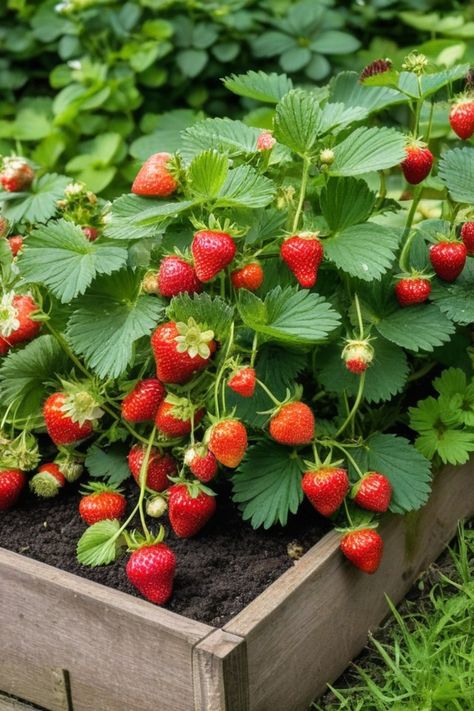By Holly Owens
Contributing Writer
Raspberries are a garden favorite, prized for their vibrant colors, sweet flavor, and versatility in desserts and preserves. If you’re growing them in raised beds, you’ve already taken a smart step toward healthier plants and higher yields. Raised beds allow for better control of soil quality, drainage, and pest management—key factors in cultivating thriving raspberry plants.
To help you achieve the best results, we’ve compiled six expert tips for growing large, luscious raspberries that will keep your harvest plentiful and your gardening experience rewarding. These practical insights will empower you to turn your raised bed garden into a raspberry paradise.
1. Select the Perfect Raspberry Variety
The foundation of a great harvest begins with choosing the right variety. Look for types known for their large fruits and prolific yields. Popular options include:
- Heritage: A robust, everbearing variety that produces large, flavorful berries.
- Tulameen: Known for its exceptionally sweet and firm raspberries, ideal for fresh eating and freezing.
- Caroline: A vigorous grower with excellent disease resistance and a reliable yield of plump berries.
Select a variety suited to your climate and resistant to local pests and diseases for the best success.
2. Optimize Soil Quality
Raspberries thrive in well-draining, sandy-loam soil with a slightly acidic pH of 5.5 to 6.5. Before planting, enrich your soil with organic matter such as compost, aged manure, or peat moss to improve fertility and texture. Raised beds are ideal for maintaining optimal soil conditions, ensuring the roots stay healthy and the plants receive consistent nutrients.
3. Plant with Precision
Timing and spacing matter when planting raspberries. Plant early in the spring, leaving 18-24 inches between plants and 6 feet between rows. This spacing promotes air circulation, reduces the risk of disease, and ensures each plant receives adequate sunlight.
4. Master the Art of Watering and Mulching
Raspberries need consistent moisture, especially during their growing and fruiting seasons. Deep water your plants once or twice a week, depending on weather conditions. Add a 2-3 inch layer of organic mulch, such as straw or shredded bark, to retain soil moisture, suppress weeds, and regulate soil temperature.
5. Fertilize for Bigger, Better Berries
Use a balanced fertilizer formulated for fruiting plants. Apply it in early spring as new growth begins and again in late spring to support fruit development. Be cautious with high-nitrogen fertilizers, as they encourage leafy growth at the expense of fruit production.
6. Prune for Maximum Productivity
Pruning is essential for maintaining healthy plants and encouraging larger fruit.
- For summer-bearing varieties: Prune back canes that have already fruited to ground level after the harvest.
- For fall-bearing varieties: Cut all canes to the ground in late winter or early spring to encourage vigorous new growth.

Reap the Rewards of Smart Gardening
By applying these expert techniques, you’ll maximize your raspberry harvest and enjoy the satisfaction of growing plump, flavorful berries. Raised beds offer unparalleled advantages, and with a little care and attention, they can transform your garden into a raspberry-growing haven.
Happy gardening!
